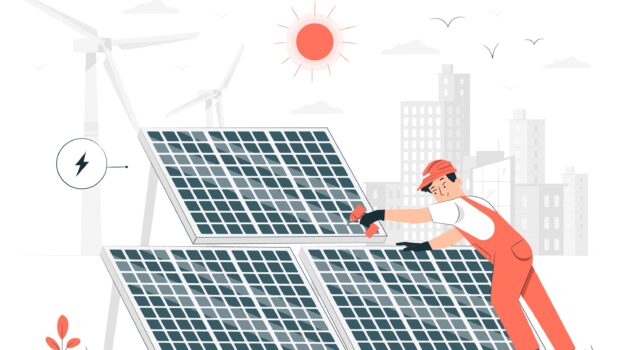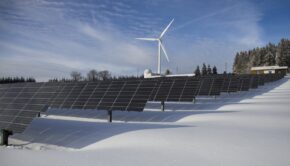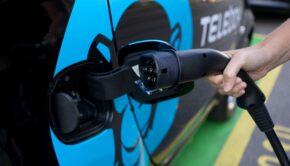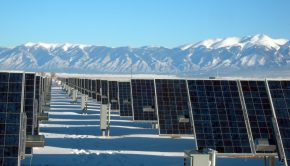A brief history of solar energy
This may come as a surprise, but it is not true that photovoltaics is a completely new energy concept. In fact, their history goes back far into the dim past.
One of the oldest energy sources of mankind
The early advanced cultures of South America as well as the ancient Egyptians and Mesopotamians already used the sun’s energy – not to produce electricity, but to generate heat. People built their houses in such a way that the sunlight fell optimally through the windows and the sun’s heat was stored inside the house in the best possible way.
In doing so, they laid the foundation for what we know today as solar thermal energy. Water was also heated in other regions of the world using solar energy as early as 800 BC. To do this, the sun’s rays were bundled with mirrors at a certain point, causing the water to heat up.
Technology in constant development
Solar powered generator is not that old, after all, electric power only found its way into our everyday lives in the 19th century. In 1839, French physicist Edmond Becquerel discovered the photoelectric effect. Albert Einstein was only able to explain it 65 years later.
On this basis, Bell Laboratories developed a silicon solar cell, which they presented to the public in 1954. A year later, they found their first technical application in the power supply of telephone amplifiers. Since then, the technology has become more and more efficient, cheaper and, above all, usable for private households. And with the increasing popularity of electricity storage, photovoltaics is a highly viable alternative to conventional energy generators.
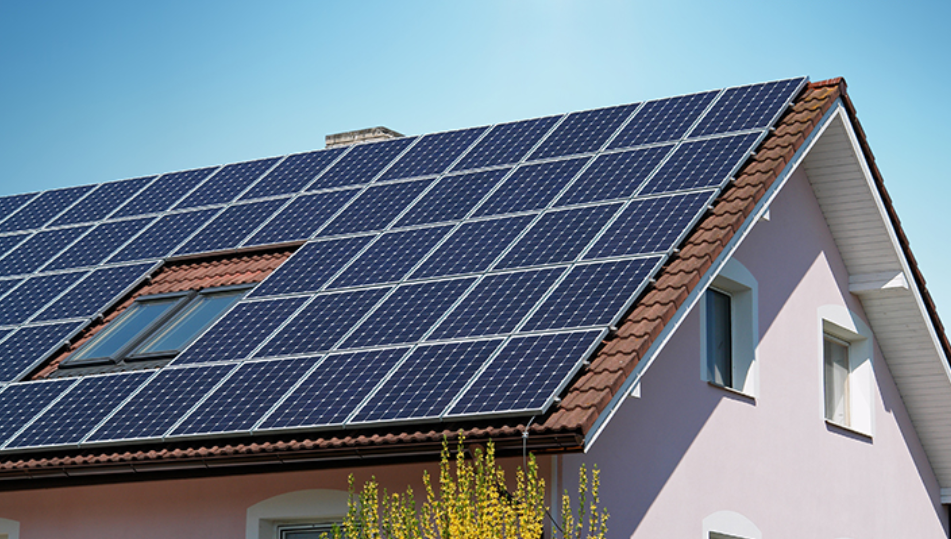
Technology and functionality of electricity storage
You now know what electricity storage is and why it is a useful addition to PV systems. At this point, let’s delve a little deeper into the matter and clarify the question: How does a solar power storage system actually work?
The basic principle of solar storage
With the electricity it produces, your photovoltaic system first supplies your household and the devices that are active in it, such as the refrigerator, washing machine or consumer electronics. Without a power storage device, the excess energy normally flows into the public grid. With storage, you can use the energy at a later point in time when you need it.
Powerful battery storage
In principle, the solar power storage is nothing more than a large LiFePO4 battery or, more precisely, an accumulator. Accordingly, you can load and unload your storage again and again. The functionality of the battery only decreases after many thousands of cycles and after a certain age.
Structure of the solar battery
The common types of storage is lead and lithium ion solar battery. The main difference is in the materials used. In terms of their basic structure, however, the two are the same: two rod-shaped conductors (the electrodes) are in a conductive liquid (the electrolyte). During charging and discharging, charged particles (the electrons) migrate from one electrode to the other. When the electrical energy gets into the battery, it is converted into chemical energy. So it can be stored – at least for a few minutes to hours.

Efficiency of a power storage
It rarely happens that a power storage unit is fully charged. Thus, the storage mostly works in partial load and does not exhaust its full performance. How economical an electricity storage system is therefore depends on the low-load behavior – i.e. how the storage system works when little electricity is used in the household. Because the batteries cannot store the energy forever. Under certain circumstances, the energy “decays”, so to speak.
Capacity and performance should match
For example, large power storage systems with high storage capacity but low charging capacity tend to be less economical. On the one hand, it takes a long time until they are fully charged. On the other hand, when demand is high, they can only deliver low power.
Therefore, the storage capacity and the charging power should be approximately the same. Otherwise, the battery cannot work efficiently and takes too long to recharge.
Self-consumption instead of feeding into the grid
You should consider: The electricity from your photovoltaic system is much cheaper than the electricity from the public energy grid. It is therefore advisable that you use as much of your solar power yourself as possible. Storage can help you maximize the solar portion of your electricity usage. In and of itself, a storage system with a low capacity means a plus for the profitability of your PV system – and is worthwhile for financial reasons alone.
Using an electric car to store electricity
The electric car has a battery big enough for a decent charge of solar energy. It should be available to everyone as an intermediate energy store or as a source of electricity for the household in the next two to three years. According to its own statements, Volkswagen plans to start series production of e-cars with the required bidirectional charging system from 2022.
Car battery as a drive for the household
On the one hand, you can use this energy to drive. Statistically, however, electric cars are only used for an average of 1 hour a day. They stand around for the remaining 23 hours. In very few cases is the battery empty during this time. That means you can use the remaining energy to power your household.
Bidirectional charging makes it possible
To do this, however, both the 12 volt deep cycle battery (or deep cycle marine battery) in your car and your wall box (your private charging station) must be able to conduct electricity in both directions. Accordingly, this technology is called “bidirectional charging” and is divided into “Vehicle-to-Grid” (V2G) and Vehicle-to-Home (V2H) – depending on whether you transfer excess and unused energy from the car to the public grid or to your home network household feeds. You need a plug so that your car can not only take in electricity but also deliver it.
Cover image by Freepik

